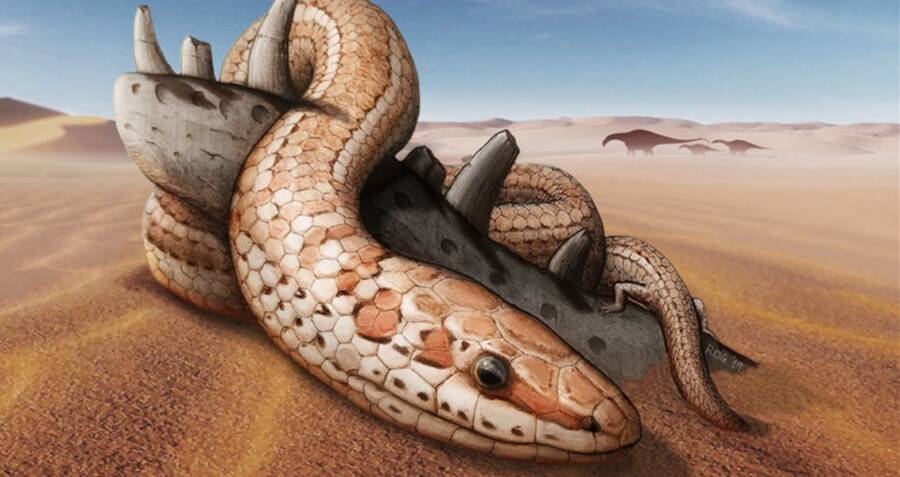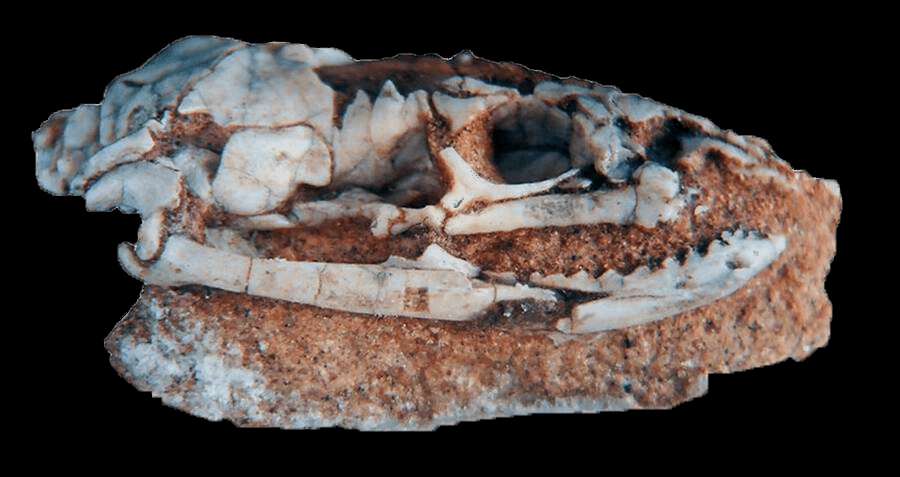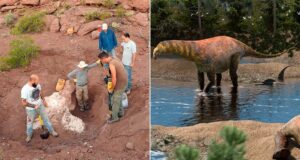Ancient Serpent with Legs: The 95-Million-Year-Old Skull That Rewrites Snake Evolution Forever
Fossil evidence of the ancient snake, which was named after the biblical legged serpent Nahash, meaning ‘snake’ in Hebrew, was first uncovered in the early 2000s through the discovery of a fragmented skull and partial body skeleton. The remains were found in the Río Negro Province in Argentina, and it was a scientific breakthrough into the evolution of the snake’s anatomy.
That first dig was significant — the skeleton bones included rear limbs, making it the first evidence of a land-based snake species with hind legs following earlier evidence of legged marine snakes.
Researchers could only uncover minimal information about the snake’s head due to the fairly poor condition of the first skull. Scientists often learn how snakes adapt their highly specialized feeding habits from the features of their skulls, so it was difficult to learn much about snake’s behavioral evolution without an adequate head specimen to examine.

Raúl Orencio GómezIllustration of the Najash snake with hind legs on its body.
Now, the full skull, which was discovered in the La Buitrera Paleontological Area in northern Patagonia, has given scientists more evidence to work with to further understand this ancient snake species.
“That skull is now the most complete Mesozoic snake skull known and preserves key data on ancient snake anatomy,” Garberoglio told the New York Times.
Researchers are still trying to figure out how snakes evolved from their ancient ancestors to become the modern slithering animals we know today.












